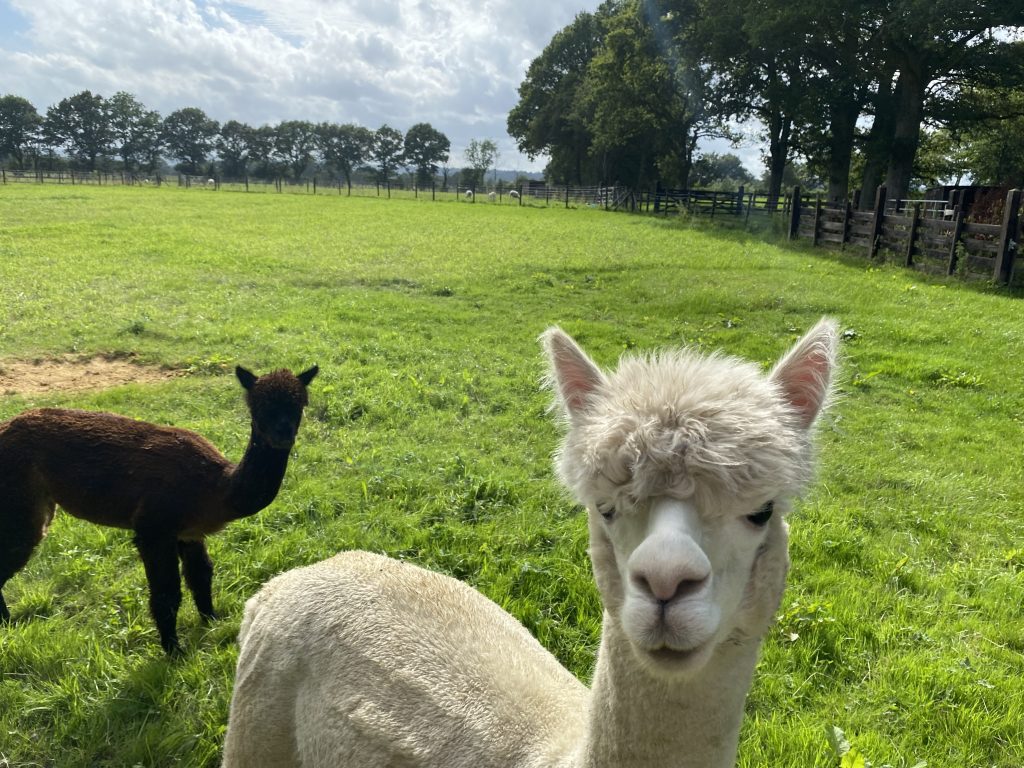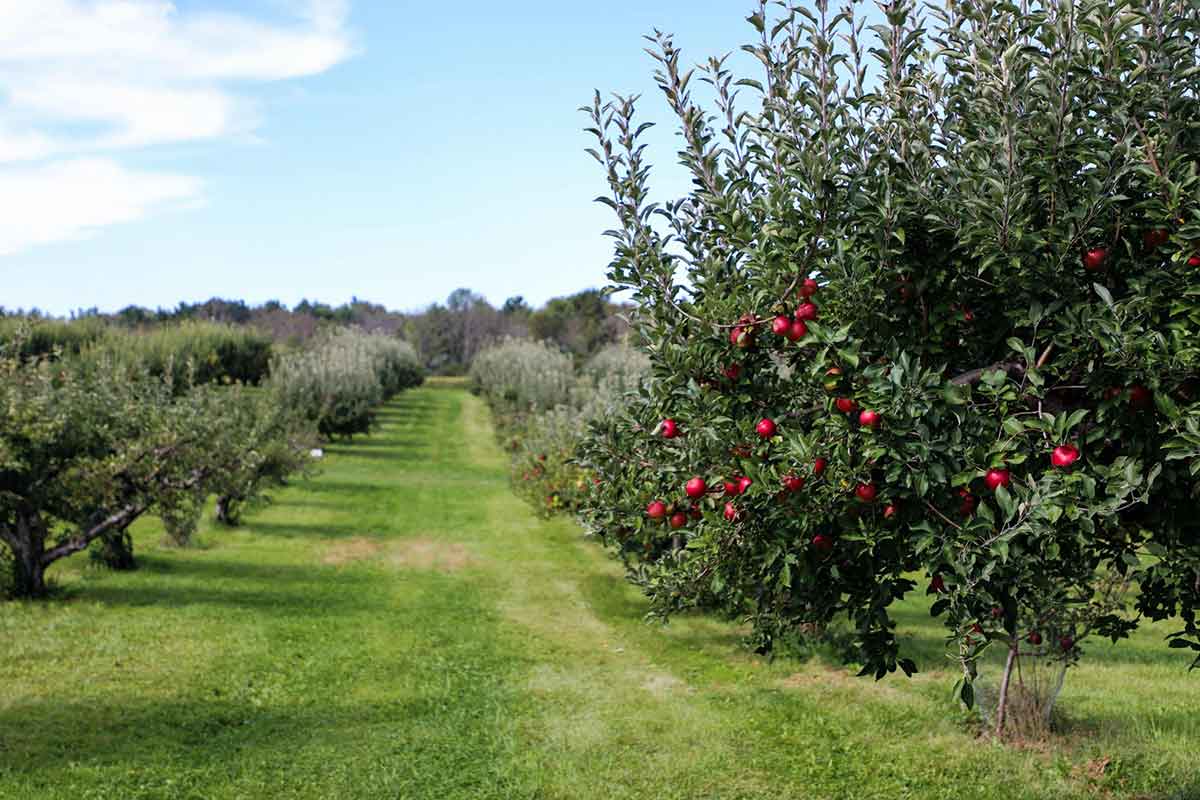It’s National Alpaca Farm Day on 4th September. To mark the occasion, and honour our South American camelid friends, we have compiled a National Alpaca Farm Day Quiz!
How well do you know Alpacas?
- What were Alpacas originally bred for?
- Do they spit at you?
- How much land do you need for Alpacas?
- Do they sleep standing up?
- Can Alpacas swim?
- How many colours do they come in?
- What do you call baby alpacas?
- Do alpacas have to be sheared every year?
- Do they have 2 sets of teeth like us?
- What is Alpacas favourite food?
- Why are alpacas popular with smallholders?
Answers:
- Alpacas were bred in South America for their fibre. Their fleece is softer, stronger, and warmer (at the same weight) than sheep’s wool. An adult produces up to 10 pounds of fibre each year. The fibre is processed differently than sheep’s wool, and the cost of processing can be substantial.
- Alpacas are sweet animals and generally good natured but if provoked they won’t hesitate to spit at you. Spitting is also used to warn an aggressor away. Some alpacas are just crabbier than others and spit with little provocation.
- An acre of unrotated pasture space can generally support 5 to 6 alpacas. If you want to rotate your pastures, you’ll need 2 acres for every 5 to 6 alpacas. If you have less space, 2 alpacas can do just fine on half an acre of land with extra food supplied in winter.
- No, while sleeping, they trust other alpacas to keep guard. They often sleep kushed (with their legs folded under them and their heads laid out flat in front of them). Alpacas do not sleep standing up as it is impossible to enter a deep state of sleep while standing.
- Alpacas LOVE to swim.
- They come in 22 colours, from a true, blue-black, through to browns and tans and to white.
- Babies are called cria, they weigh 8 to 9 kg when born. Alpacas breed once a year, crias are weaned at 6 to 8 months, and females are ready to reproduce at 12 to 15 months.
- Their very thick wool requires them to be shorn annually, unfortunately this can be a source of stress for the animals.
- Alpacas don’t have teeth in the top-front of their mouths. This gives them the appearance of having an underbite.
- They love bite-sized treats of apples, berries, broccoli stalks, carrots, pumpkin, raisins, turnips, and other safe-to-eat fruits, vegetables, and plants. Treats must be cut up or shredded to prevent choking in this herbivorous animal, as they only have lower teeth for tearing, not chewing.
- Stuart Trussler in Hampshire keeps five alpacas on his smallholding; Zoe, Zen, Zorro, Zena and Blossom; “Alpacas are like big sheep. Very friendly animals, very calming and they enjoy being walked, fed grass in the summer and alpaca nuts in the winter months. They hum, with a sound like “mmm,” which can sound very soothing.
For more information on National Alpaca Farm Day and upcoming events visit The British Alpaca Society








